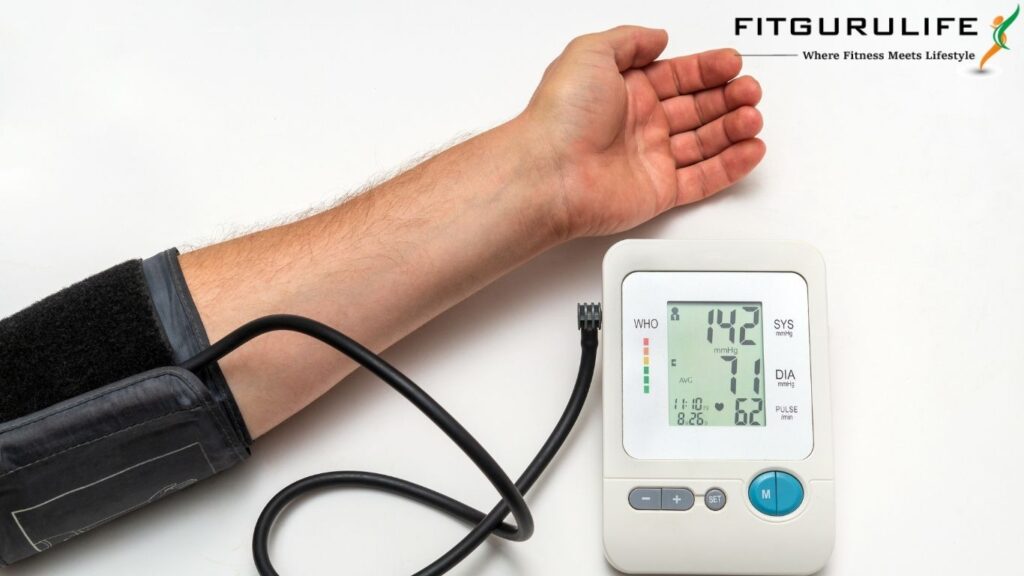Low blood pressure, also known as hypotension, is a condition where the blood pressure in the arteries is abnormally low. It can cause symptoms such as dizziness, fainting, blurred vision, and nausea. While exercise is known to be beneficial for overall health, it can sometimes be challenging for individuals with low blood pressure to engage in physical activity without experiencing symptoms. In this blog, we will explore the various ways low blood pressure patients can safely and effectively incorporate exercise into their routine, as well as provide a list of suitable workouts.
Exercise Safely and Effectively: Workouts for Low Blood Pressure Patients
Understanding Low Blood Pressure
Before delving into the workouts, it is crucial to understand low blood pressure and its causes. Blood pressure is the force of blood pushing against the walls of the arteries. It is measured in millimeters of mercury (mmHg) and is represented by two numbers – systolic pressure (the pressure when the heart beats) over diastolic pressure (the pressure when the heart rests between beats). A normal blood pressure reading is typically around 120/80 mmHg. Low blood pressure is generally considered to be below 90/60 mmHg.
There are various types of low blood pressure, including:
Orthostatic hypotension: This occurs when there is a sudden drop in blood pressure upon standing up from a sitting or lying position.
Postprandial hypotension: This occurs when there is a drop in blood pressure after eating.
Neurally mediated hypotension: This occurs when there is a miscommunication between the brain and heart, causing a drop in blood pressure after standing for long periods.
The causes of low blood pressure can range from dehydration, heart problems, endocrine disorders, severe infections, and certain medications.

Exercise Guidelines for Low Blood Pressure Patients
Before starting any workout routine, it is essential for low blood pressure patients to consult their healthcare provider to ensure that exercise is appropriate for their condition. Once they have the green light, they can follow these general guidelines:
- Start slow: If you are new to exercise or haven’t been active for a while, start with low-intensity workouts and gradually increase the intensity.
- Stay hydrated: Drinking plenty of water before, during, and after exercise can help prevent dehydration, which can exacerbate low blood pressure symptoms.
- Monitor your symptoms: Pay attention to how your body responds to exercise and stop if you experience any symptoms of low blood pressure.
- Include a warm-up and cool down: Incorporate a warm-up and cool down in your workout routine to help your body adjust to the changes in physical activity.
- Avoid sudden changes in position: Sudden changes in position, such as standing up quickly from a seated or lying position, can cause a drop in blood pressure. Take your time and move slowly to prevent symptoms.
Workouts for Low Blood Pressure Patients
- Walking: Walking is a low-impact exercise that can help improve cardiovascular health without putting too much strain on the body. Start with a short walk and gradually increase the duration and intensity.
- Swimming: Swimming is another low-impact exercise that is easy on the joints and can help improve cardiovascular health. It also has the added benefit of providing resistance, which can help build muscle strength.
- Yoga: Yoga is a gentle exercise that can help improve flexibility, balance, and strength. It also has the added benefit of promoting relaxation and reducing stress. However, it is important to avoid poses that involve rapid changes in position or inversion poses that may cause symptoms of low blood pressure.
- Tai Chi: Tai Chi is a form of martial arts that involves slow, controlled movements and deep breathing. It can help improve balance, flexibility, and strength.
- Strength training: Strength training exercises, such as weight lifting, can help build muscle strength and improve overall fitness. It is important to start with light weights and gradually increase the intensity.
- Pilates: Pilates is a form of exercise that focuses on core strength, flexibility, and overall body awareness. It can help improve posture and balance.
- Cycling: Cycling is a low-impact exercise that can help improve cardiovascular health and build muscle strength. It is essential to start with a low intensity and gradually increase the intensity.

Conclusion
Exercise is an essential component of a healthy lifestyle, even for individuals with low blood pressure. By following the appropriate guidelines and incorporating suitable workouts, low blood pressure patients can safely and effectively improve their overall health and well-being. As always, it is important to consult with a healthcare provider before starting any exercise routine to ensure that it is appropriate for your condition.
Also read: The Science Behind Overeating: How Excess Food Intake Affects Our Body
